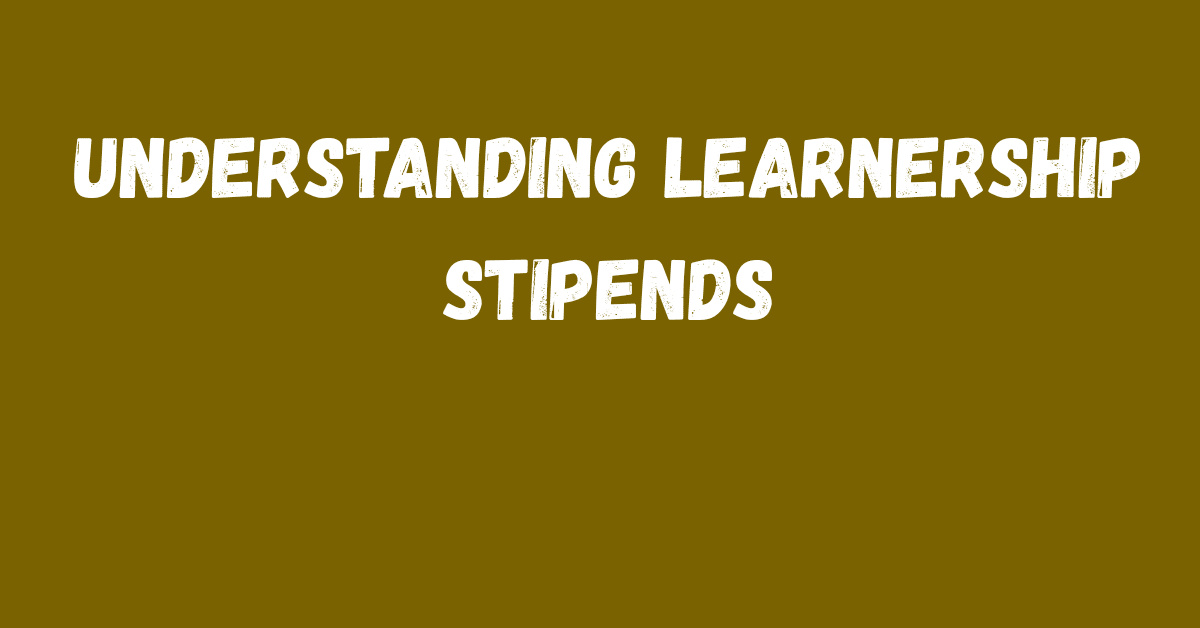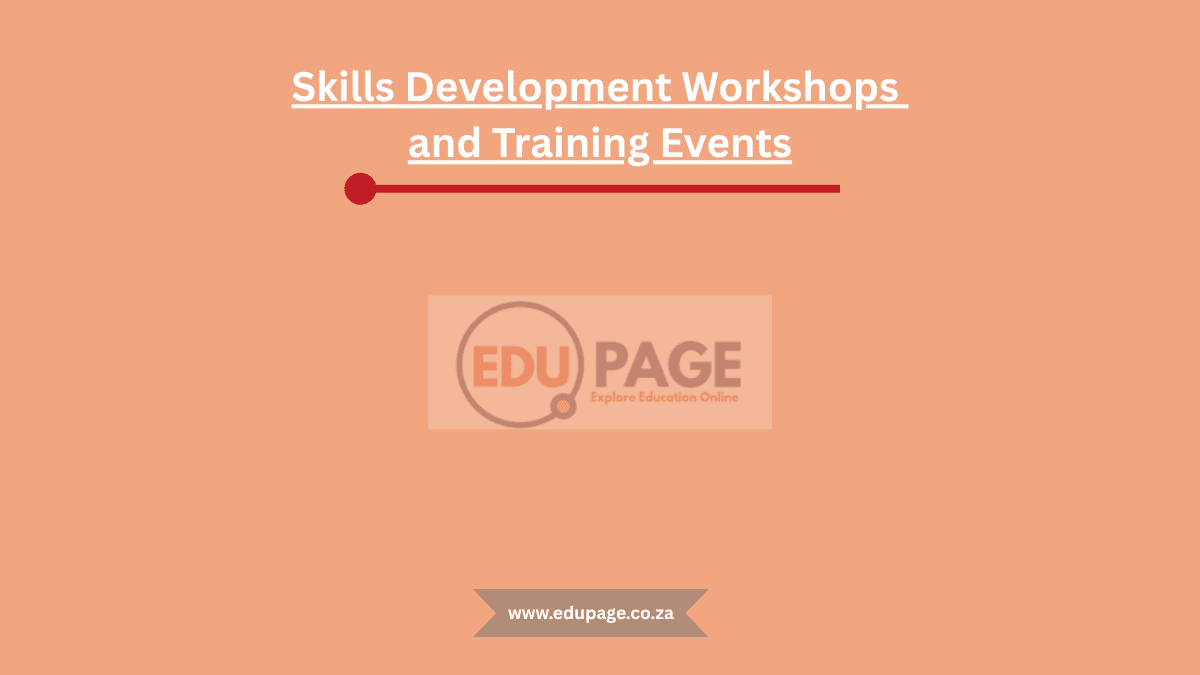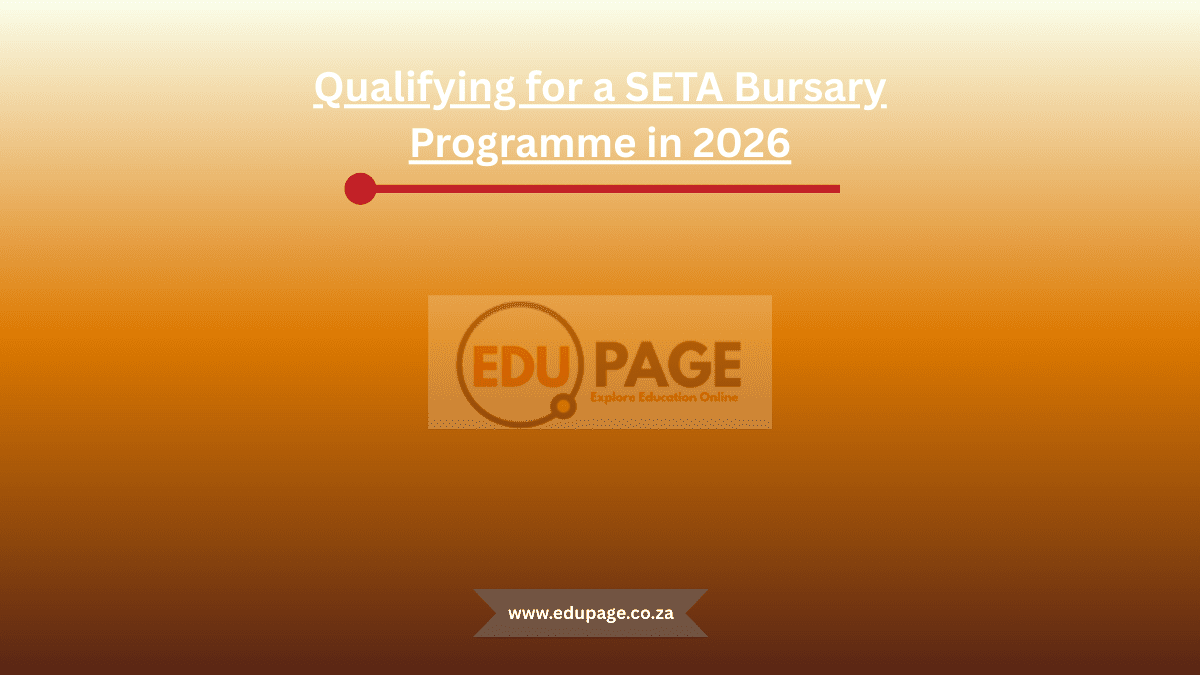Understanding the 7 Essential Elements of Learning: A Foundation for Educational Success
In classrooms, lecture halls, training centres, and even online platforms, learning happens every day—but what actually makes it effective?
Whether you’re a learner, educator, parent, or content developer, understanding what drives successful learning outcomes is essential. The process of learning isn’t just about absorbing information. It’s about how the content is delivered, how the learner interacts with it, and how the journey is assessed and refined.
At the heart of effective education lie seven essential elements of learning. Each of these elements contributes to shaping a meaningful, engaging, and successful learning experience. These principles are rooted in educational psychology, real-world classroom experience, and research in pedagogy.
In this story-style guide, we explore these seven pillars—Differentiation, Adaptivity, Student Engagement, Direct Instruction, Practice, Formative Assessment with Immediate Feedback, and Student Explanation of Learning—and show how they form the building blocks of impactful education.
1. Differentiation: Personalizing the Learning Path
Imagine walking into a classroom where every student learns in the exact same way. It might sound efficient, but in practice, it doesn’t work. Learners have different needs, abilities, learning styles, and prior knowledge.
Differentiation is the method by which instruction is tailored to meet individual learning needs. This could involve:
- Offering different types of content (text, video, audio)
- Varying the pace of instruction
- Providing extra support or advanced challenges based on learner ability
- Modifying assessment formats
For instance, a student who excels in reading but struggles with math may benefit from additional visual aids in math while advancing through reading activities independently.
Why it matters: Differentiation ensures that every learner has access to the content in a way that makes sense to them, supporting inclusion and equity in education.
2. Adaptivity: Flexibility in Real-Time
While differentiation is often planned in advance, adaptivity refers to how a teacher or system responds to learners in the moment.
Modern digital learning platforms, for example, use adaptive technology to adjust the difficulty of questions based on a student’s previous answers. In traditional classrooms, a teacher may change the lesson plan mid-stream if students are confused or need more time on a topic.
Adaptivity can be seen in:
- Providing additional explanations on the fly
- Redirecting group discussions based on responses
- Adjusting the length or depth of assignments
Why it matters: Learning is not a linear journey. Adaptivity allows educators to meet learners where they are, offering support or challenge as needed, ensuring continuous progress.
3. Student Engagement: Capturing Attention and Curiosity
If learners aren’t engaged, they’re unlikely to retain what they’re being taught. Engagement goes beyond keeping learners busy—it’s about motivating them to think, question, and participate actively in the learning process.
Engaged students:
- Ask questions
- Take ownership of their learning
- Apply concepts to real-life situations
- Reflect on what they’re learning
Educators foster engagement through:
- Interactive activities (group work, simulations, games)
- Relatable content (connecting lessons to student interests)
- Emotional connection (building trust and relevance)
Why it matters: When students are engaged, they are more likely to be motivated, persistent, and willing to take intellectual risks—all of which are critical for deep learning.
4. Direct Instruction: Clarity, Structure, and Purpose
Direct instruction is a structured and explicit teaching method. It includes step-by-step demonstrations, guided practice, and clear explanations of concepts. Contrary to some misconceptions, it’s not outdated—it’s essential when used correctly.
It involves:
- Teaching in manageable chunks
- Modeling skills or strategies
- Explaining new content clearly
- Checking for understanding before moving forward
For instance, in a math class, the teacher might first model how to solve an equation before asking students to practice independently.
Why it matters: When students are introduced to new or complex concepts, direct instruction provides a clear roadmap, reducing confusion and supporting foundational understanding.
5. Practice: Reinforcement and Mastery
You’ve heard the phrase “practice makes perfect,” and in learning, practice leads to mastery. But not just any practice—deliberate, spaced, and varied practice that reinforces knowledge and builds skills over time.
Effective practice involves:
- Revisiting previously learned material (spaced repetition)
- Applying skills in different contexts (transfer)
- Incrementally increasing challenge levels
This might include a student doing math problems over several weeks, not just one day, or a language learner engaging in listening, speaking, reading, and writing activities.
Why it matters: Without consistent practice, learning is easily forgotten. Reinforcement helps transfer knowledge to long-term memory and builds confidence through repeated success.
6. Formative Assessment with Immediate Feedback
Learning doesn’t just happen at the end of a lesson or unit—it happens throughout. Formative assessments are low-stakes check-ins that help both educators and students understand where they stand.
These assessments include:
- Quick quizzes
- Exit tickets
- Peer reviews
- Think-pair-share activities
But the key is immediate feedback. It allows students to:
- Recognize mistakes while the content is still fresh
- Adjust their thinking
- Celebrate small wins
For educators, it’s an opportunity to adjust instruction, revisit misunderstood concepts, or offer extra practice.
Why it matters: Formative assessment and timely feedback guide the learning process, ensuring students stay on track and understand their strengths and areas for improvement.
7. Student Explanation of Learning: Owning the Journey
One of the most powerful ways to deepen understanding is by explaining it in your own words. When students are encouraged to verbalize or write about what they’ve learned, they reinforce comprehension and identify gaps.
This can be done through:
- Classroom discussions
- Learning journals
- Student-led presentations
- Peer teaching
For example, after learning about the water cycle, students might create diagrams and narrate each phase in their own terms, connecting the concept to weather patterns in their area.
Why it matters: When students explain their learning, they are engaging in metacognition—thinking about their thinking. This process enhances retention and promotes self-directed learning.
Bringing the 7 Elements Together: A Real-World Example
Consider Thabo, a high school student in Pretoria, who’s learning algebra for the first time. His teacher:
- Differentiates instruction by giving him visual aids and interactive examples.
- Adapts the lesson after noticing that many students are confused, offering extra examples.
- Keeps students engaged by relating algebra to budgeting for mobile data.
- Uses direct instruction to introduce new formulas, walking through them step by step.
- Assigns practice problems throughout the week to reinforce understanding.
- Conducts formative assessments with mini-quizzes and gives feedback instantly.
- Asks students like Thabo to explain their problem-solving process, building ownership and clarity.
In this example, all seven elements work together, ensuring that Thabo doesn’t just memorize content—he understands, applies, and internalizes it.
Why These 7 Elements Matter for South Africa’s Education Goals
As South Africa continues to address challenges in education—ranging from overcrowded classrooms to under-resourced schools—these seven elements offer a framework for quality learning.
Government-led programs like SETA skills development, NSFAS-supported qualifications, and TVET college courses can benefit by aligning their delivery strategies with these core elements.
Whether in formal education, e-learning, or workplace training, integrating these principles can help:
- Improve learner retention
- Boost pass rates
- Build 21st-century skills like critical thinking and communication
Conclusion: The Future of Learning Is Learner-Centered
The world is changing fast, and education must evolve with it. By grounding our approach in these seven learning elements—differentiation, adaptivity, engagement, direct instruction, practice, formative feedback, and learner explanation—we create systems that don’t just inform, but transform.
Whether you’re an educator, employer, parent, or learner yourself, understanding and applying these principles can open doors to deeper understanding, greater success, and lifelong learning.
Learning isn’t one-size-fits-all. It’s a journey of discovery, challenge, and growth—and these seven elements help light the way.
Ask ChatGPT



